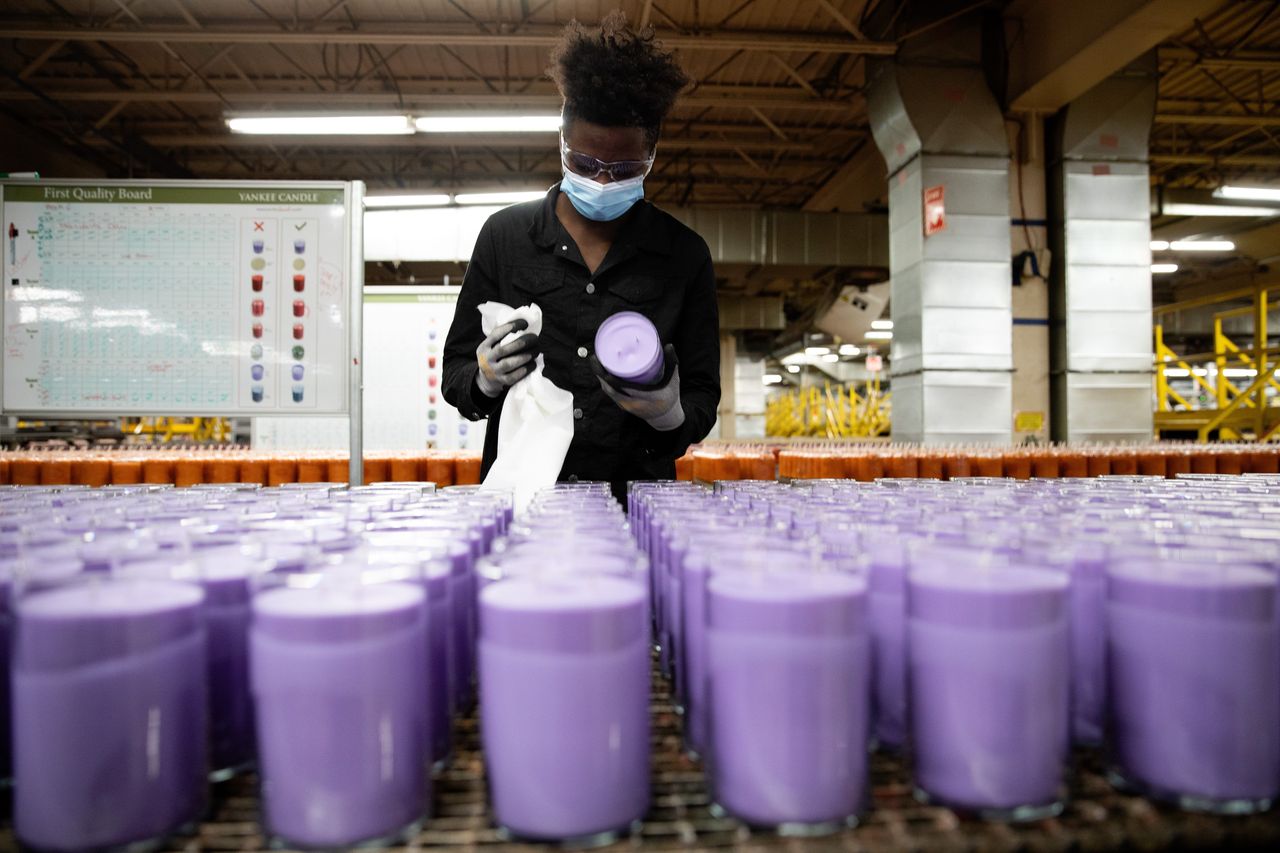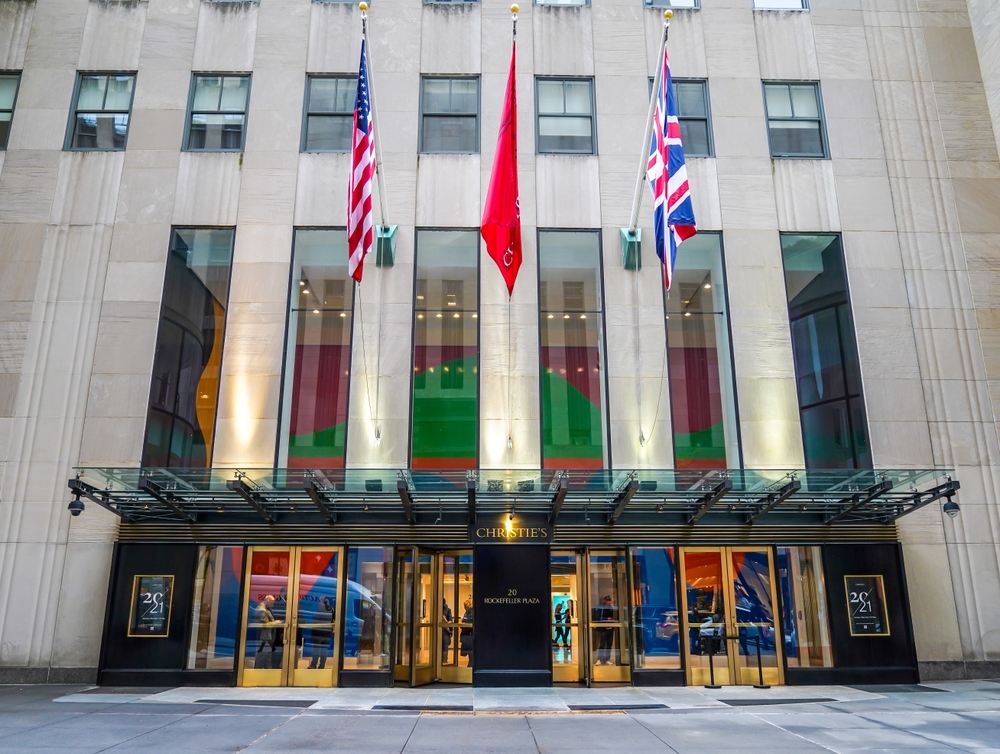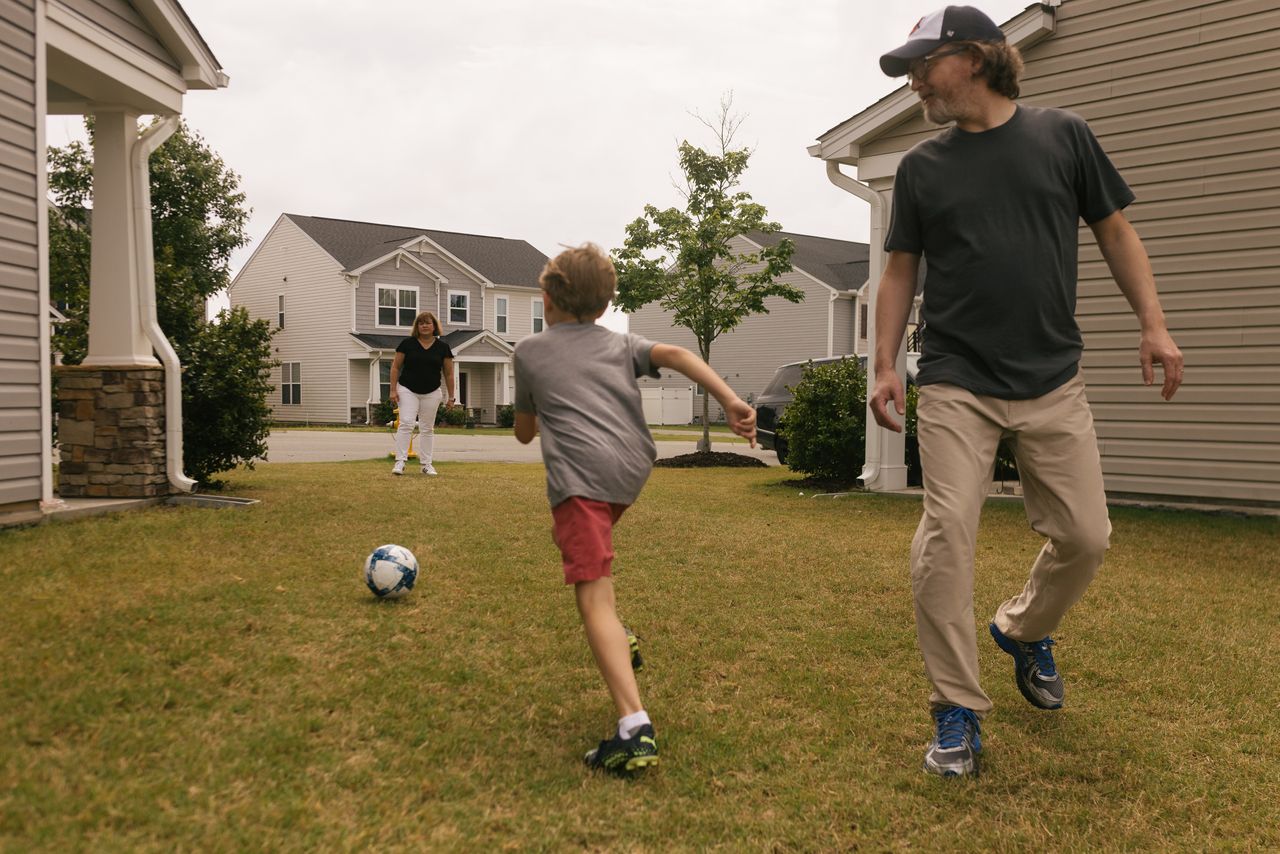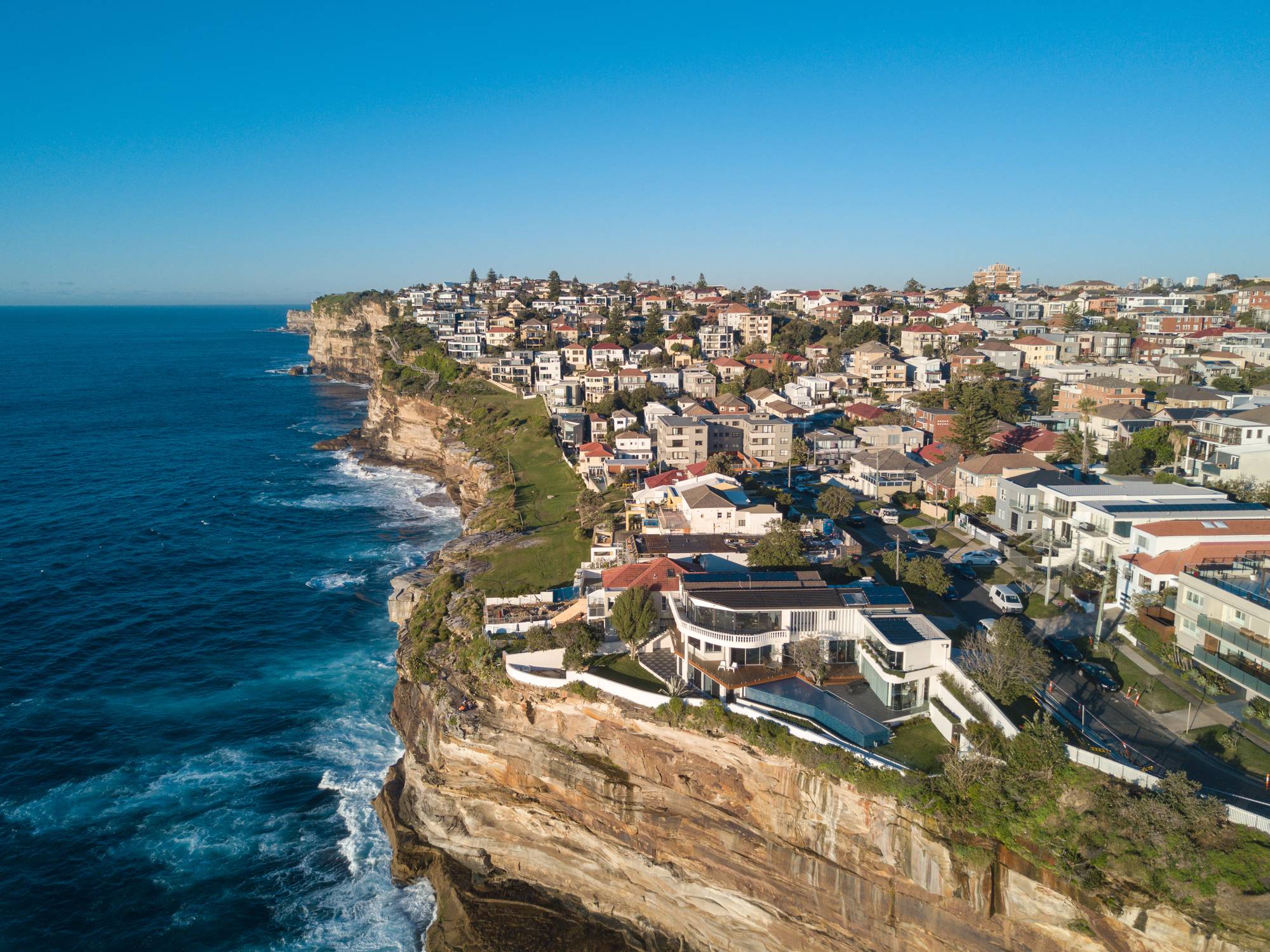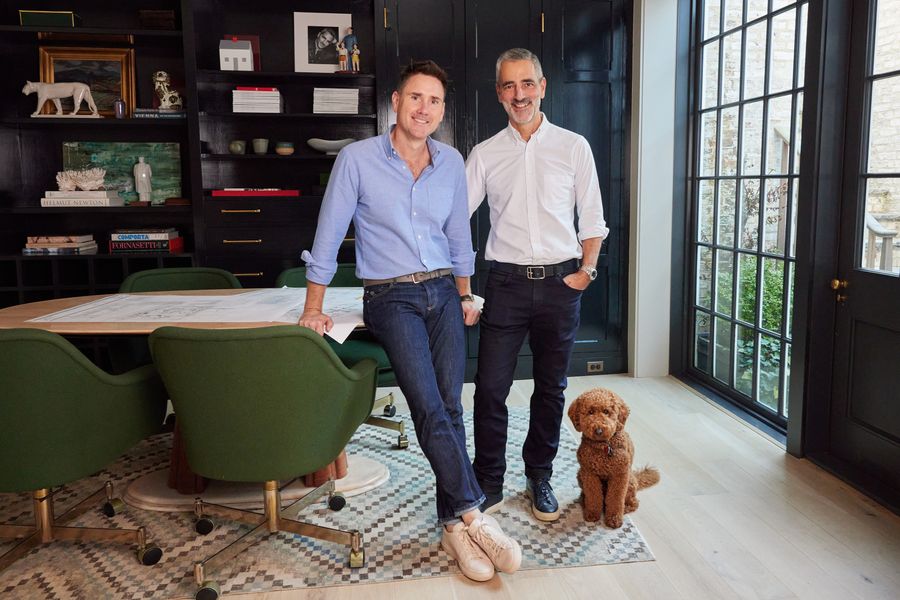Covid Slashed Consumer Choices. This Is Why They Aren’t Coming Back.
Retailers and suppliers say it didn’t pay to offer products for everyone, and customers didn’t care that much when they stopped
The furniture retailer Malouf sells beds and bedding in a fraction of the colours it did a few years ago. Newell Brands, the Sharpie maker, has retired 50 types of Yankee Candle. Coca-Cola offers half as many drinks.
Covid slashed consumer choices as companies pared their offerings to ease clogs in the supply chain. The logistical mess is behind them. But many of the choices aren’t coming back.
Retailers and suppliers across industries—from groceries to health, beauty and furniture—have said that it didn’t pay to offer products for everyone, and consumers didn’t care that much when they stopped.
“Today, people would rather lose a portion of consumer demand as opposed to spending extra on too much variety,” said Inna Kuznetsova, chief executive officer of ToolsGroup, a supply-chain planning and optimisation company.
Macy’s president and CEO-elect, Tony Spring, told analysts in November that “the customer today does not want an endless aisle.”
New items made up about 2% of products in stores in 2023 across categories such as beauty, footwear and toys, down from 5% of items in 2019, according to the market-research firm Circana. Shelf Engine, a technology company that automates ordering for grocery retailers, said large grocery stores have reduced fresh-food offerings such as fruit, dairy products and deli meats by 15% to 20%.
Large grocers cutting back on choice is a reversal from pre pandemic days, when they believed they had to carry everything to avoid losing customers to the store across the street, said Stefan Kalb, CEO of Shelf Engine.
Kalb said that grocers are now saving money because they have fewer items to manage and that the slimming of product options is reducing food waste.
Executives at consumer-product companies said the thinning of their product lines has been a relief for those struggling to improve profitability in the midst of higher interest rates and rising costs for raw materials and labor. They said many of the reductions have been in lines that consumers wouldn’t notice, such as items in special packaging and assortments for specific big-box retailers. The cutbacks are also to product lines that drown consumers in options.
“I don’t think any consumer would have noticed we went from 200 to 150” types of Yankee Candle, said Chris Peterson, chief executive of Newell Brands.
Some industry specialists said the new focus on bestselling items has reduced innovation and hurt smaller brands that rely on retailers’ desire to carry something for everyone.
“There has definitely been less innovation since the pandemic,” said Seth Goldman, a founder of the organic-beverage maker Honest Tea, which was bought by Coca-Cola in 2011 and discontinued in 2022.
Coca-Cola over the past few years reduced its brands to 200 from 400, cutting slow-growing as well as declining products, including small regional lines such as Northern Neck Ginger Ale and national brands such as its first diet cola, Tab.
“It was pruning the garden to let the better plants grow,” Coca-Cola Chief Executive James Quincey said in 2022.
Goldman said there was still demand for Honest Tea, even if it wasn’t big enough for Coca-Cola. In September 2022, four months after Coca-Cola’s announcement, he launched Just Ice Tea, a drink that he said is similar to Honest Tea and that is expected to have sales in 2023 of more than $16 million.
Companies began winnowing product lines in the years leading up to the pandemic as a corrective to previous decades when consumer choice ballooned. That was partly because of the internet, where online retailers weren’t constrained by the space limitations of physical stores, giving rise to the term “endless aisle.”
The cuts were turbocharged in 2020 and 2021, when product shortages and a surge in consumer spending led companies to give priority to the most in-demand items. They focused on products that ran fastest on production lines and, because of social distancing in factories, could be made with automated machinery.
Kimberly-Clark cut more than 70% of its toilet paper and facial-tissue products over a single weekend in 2020 as it rushed to satisfy a fourfold increase in demand, said Tamera Fenske, the company’s chief supply chain officer.
Fenske said the company jettisoned slow-selling items as well as many of the special counts and custom sizes it made for individual retailers. Fenske said that, as pandemic restrictions eased, Kimberly-Clark was able to be more thoughtful about the items it brought back. She said the company carries about 30% fewer product lines in North America than it had at the start of 2020.
PVH, which owns Tommy Hilfiger and Calvin Klein, embarked in 2020 on a plan to cut more than a fifth of its offerings to focus on what it calls “hero” products—those that make up an essential part of someone’s wardrobe.
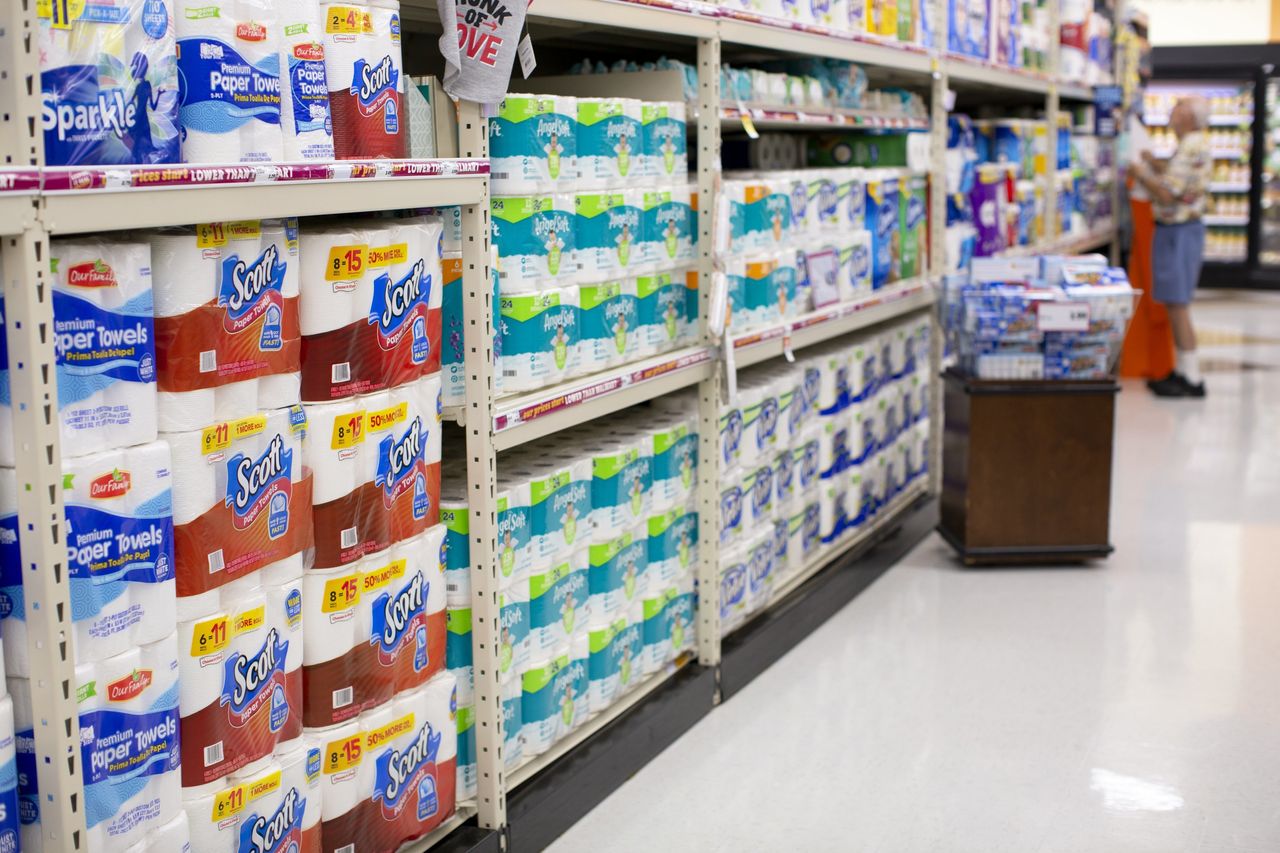
Some companies said the culling of less-popular products opened up space for new lines.
Georgia-Pacific stopped selling 164-sheet rolls of Quilted Northern toilet paper because its larger rolls were better for consumers who valued longer-lasting rolls, said Kim Burns, senior vice president of supply chain for Georgia-Pacific’s consumer products group. Burns said the company has subsequently invested more time and money in new product lines, such as toilet paper with a scented tube that acts as a bathroom air freshener.
For other companies, the supply-chain shock provided a real-life experiment in how trimming product lines could improve productivity without hurting customer satisfaction. “It was quite shocking as we parsed it out to see we were using a lot of our buying power to really not get much of a return on investment,” said Nick Jensen, vice president of product at Malouf.
The Logan, Utah-based furniture company has reduced its lines to about 3,500 product choices, down from almost 11,000 items before the pandemic. Jensen said the company is adding new items more carefully these days.
“If we have 15 different colours and three shades of grey, it’s a paralysing choice,” Jensen said. “It’s kind of forced us to be much more intentional versus throwing a lot of things at the wall and hoping that they stick.”
—Suzanne Kapner contributed to this article.
 Copyright 2020, Dow Jones & Company, Inc. All Rights Reserved Worldwide. LEARN MORE
Copyright 2020, Dow Jones & Company, Inc. All Rights Reserved Worldwide. LEARN MORE
This stylish family home combines a classic palette and finishes with a flexible floorplan
Just 55 minutes from Sydney, make this your creative getaway located in the majestic Hawkesbury region.
The auction house plans for sales to proceed, including for a Warhol ‘Flowers’ estimated at $20 million
Christie’s remained in the grip of an ongoing cyberattack on Tuesday, a crisis that has hobbled the auction house’s website and altered the way it can handle online bids. This could disrupt its sales of at least $578 million worth of art up for bid this week, starting tonight with a pair of contemporary art auctions amid New York’s major spring sales.
Christie’s said it has been grappling with the fallout of what it described as a technology security incident since Thursday morning—a breach or threat of some kind, though the auction house declined to discuss details because of its own security protocols. Christie’s also declined to say whether any of the private or financial data it collects on its well-heeled clientele had been breached or stolen, though it said it would inform customers if that proves to be the case.
“We’re still working on resolving the incident, but we want to make sure we’re continuing our sales and assuring our clients that it’s safe to bid,” said Chief Executive Guillaume Cerutti.
Sotheby’s and Phillips haven’t reported any similar attacks on their sites.
Christie’s crisis comes at a particularly fragile moment for the global art market. Heading into these benchmark spring auctions, market watchers were already wary, as broader economic fears about wars and inflation have chipped away at collectors’ confidence in art values. Christie’s sales fell to $6.2 billion last year, down 20% from the year before.
Doug Woodham, managing partner of Art Fiduciary Advisors and a former Christie’s president, said people don’t want to feel the spectre of scammers hovering over what’s intended to be an exciting pastime or serious investment: the act of buying art. “It’s supposed to be a pleasurable activity, so anything that creates an impediment to enjoying that experience is problematic because bidders have choices,” Woodham said.
Aware of this, Cerutti says the house has gone into overdrive to publicly show the world’s wealthiest collectors that they can shop without a glitch—even as privately the house has enlisted a team of internal and external technology experts to resolve the security situation. Currently, it’s sticking to its schedule for its New York slate of six auctions of impressionist, modern and contemporary art, plus two luxury sales, though one watch sale in Geneva scheduled for Monday was postponed to today.
The first big test for Christie’s comes tonight with the estimated $25 million estate sale of top Miami collector Rosa de la Cruz, who died in February and whose private foundation offerings include “Untitled” (America #3),” a string of lightbulbs by Félix González-Torres estimated to sell for at least $8 million.
Cerutti said no consignors to Christie’s have withdrawn their works from its sales this week as a result of the security incident. After the De la Cruz sale, Christie’s 21st Century sale on Tuesday will include a few pricier heavyweights, including a Brice Marden diptych, “Event,” and a Jean-Michel Basquiat from 1982, “The Italian Version of Popeye Has no Pork in his Diet,” each estimated to sell for at least $30 million.
But the cyberattack has already altered the way some collectors might experience these bellwether auctions at Christie’s. Registered online bidders used to be able to log into the main website before clicking to bid in sales. This week, the house will email them a secure link redirecting them to a private Christie’s Live site where they can watch and bid in real time. Everyone else will be encouraged to call in or show up to bid at the house’s saleroom in Rockefeller Center in Midtown Manhattan.
If more bidders show up in person, the experience might prove to be a squeeze. During the pandemic, Christie’s reconfigured its main saleroom from a vast, well-lit space that could fit several hundred people into a spotlit set that more closely evokes a television studio, with far fewer seats and more roving cameras—all part of the auction industry’s broader effort to entice more collectors as well as everyday art lovers to tune in, online.
Once this smaller-capacity saleroom is filled, Christie’s said it will direct people into overflow rooms elsewhere in the building. Those who want to merely watch the sale can’t watch on Christie’s website like usual but can follow along via Christie’s YouTube channel.
Art adviser Anthony Grant said he typically shows up to bid on behalf of his clients in these major sales, though he said his collectors invariably watch the sales online as well so they can “read the room” in real time and text him updates. This week, Grant said a European collector who intends to vie for a work at Christie’s instead gave Grant a maximum amount to spend.
Grant said the cyberattack popped up in a lot of his conversations this past weekend. “There’s a lot of shenanigans going on, and people have grown so sensitive to their banks and hospitals getting hacked,” he said. “Now, their auction house is going through the same thing, and it’s irksome.”
This stylish family home combines a classic palette and finishes with a flexible floorplan
Just 55 minutes from Sydney, make this your creative getaway located in the majestic Hawkesbury region.









